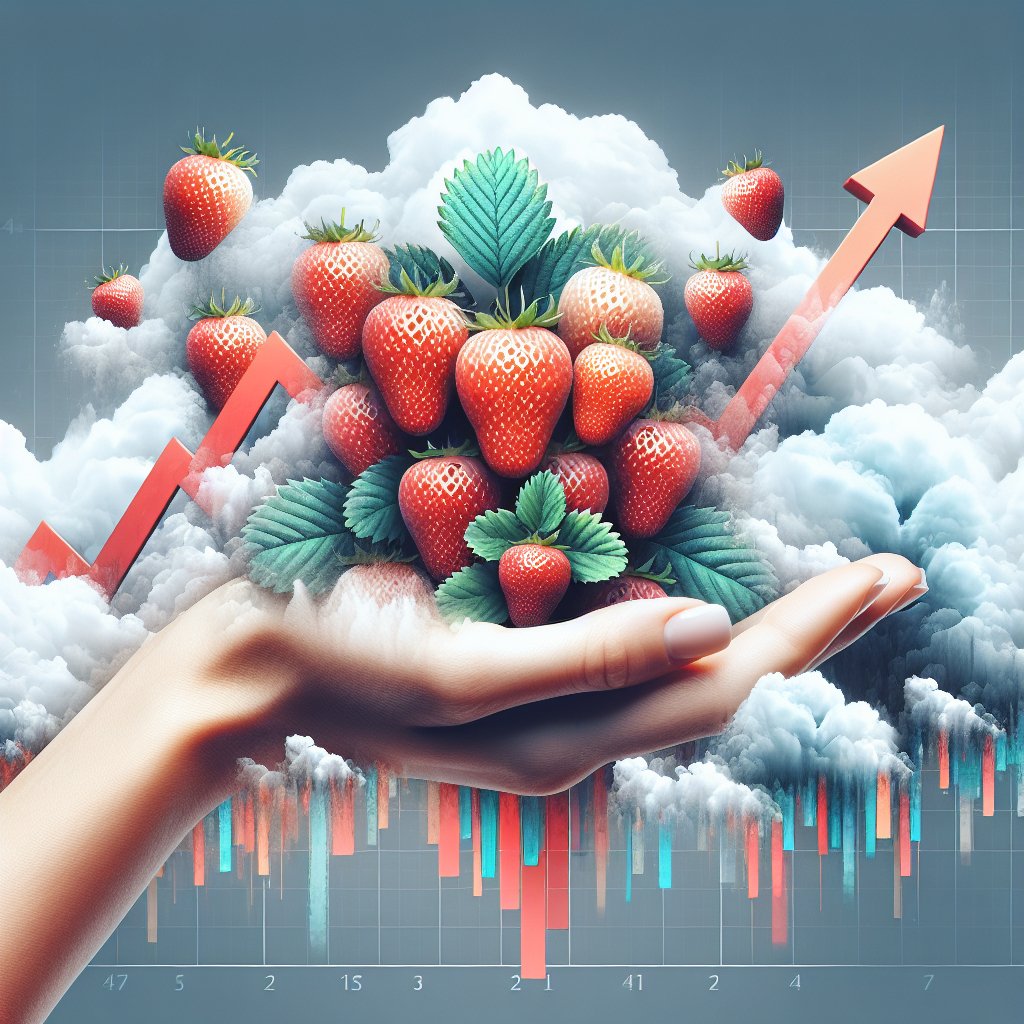The forecast for strawberry prices in the upcoming season is a topic of great interest among farmers, consumers, and market analysts alike. Strawberries, being one of the most popular fruits worldwide, have a significant impact on agricultural economies. Understanding the factors that influence strawberry prices can help stakeholders make informed decisions regarding production, marketing, and consumption. This article will explore the various elements that affect strawberry pricing, including weather conditions, market demand, and production costs, as well as provide insights into the expected trends for the next season.
Factors Influencing Strawberry Prices
Several key factors play a crucial role in determining the prices of strawberries. These factors can be broadly categorized into environmental, economic, and market dynamics. Each of these elements interacts with one another, creating a complex web that ultimately influences the price consumers pay for strawberries.
1. Weather Conditions
Weather is one of the most significant factors affecting strawberry production and, consequently, prices. Strawberries are sensitive to temperature fluctuations, rainfall, and sunlight. Here are some specific weather-related factors to consider:
- Temperature: Strawberries thrive in moderate temperatures. Extreme heat can lead to reduced fruit quality and yield, while frost can damage blossoms and young fruit. A warm spring can lead to an early harvest, potentially increasing supply and lowering prices.
- Rainfall: Adequate rainfall is essential for healthy strawberry plants. However, excessive rain can lead to waterlogged soil, increasing the risk of root rot and other diseases. This can result in lower yields and higher prices.
- Sunlight: Strawberries require plenty of sunlight for optimal growth. Insufficient sunlight can lead to poor fruit development, affecting both quality and quantity.
2. Production Costs
The costs associated with strawberry production can significantly influence market prices. These costs include labor, fertilizers, pesticides, and equipment. As these expenses fluctuate, they can lead to changes in the final price of strawberries. Key considerations include:
- Labor Costs: Strawberry farming is labor-intensive, particularly during the harvest season. Increases in minimum wage or labor shortages can drive up production costs, which may be passed on to consumers.
- Input Costs: The prices of fertilizers and pesticides can vary based on market conditions and availability. Rising input costs can lead to higher prices for strawberries.
- Technology and Equipment: Advances in agricultural technology can improve efficiency and reduce costs. However, the initial investment in new equipment can be substantial, impacting the overall cost structure of strawberry production.
3. Market Demand
Consumer demand for strawberries is another critical factor influencing prices. Several trends can affect demand:
- Health Trends: As consumers become more health-conscious, the demand for fresh fruits, including strawberries, tends to increase. This can lead to higher prices, especially during peak seasons.
- Seasonality: Strawberries are typically in higher demand during the summer months. Prices may rise as the season approaches, driven by increased consumer interest.
- Export Markets: The global demand for strawberries can also impact local prices. If international markets are strong, producers may prioritize exports, reducing domestic supply and driving up prices.
Price Forecast for the Upcoming Season
Given the various factors influencing strawberry prices, making accurate forecasts can be challenging. However, analysts often rely on historical data, current market trends, and environmental conditions to make educated predictions. Here are some insights into what can be expected for the upcoming season:
1. Expected Weather Patterns
Weather forecasts for the upcoming season suggest a mix of conditions that could impact strawberry production. If the spring is warm and dry, it may lead to an early harvest, potentially increasing supply. Conversely, if unexpected frosts occur or if there is excessive rainfall, yields could be negatively affected, leading to higher prices.
2. Economic Indicators
Current economic indicators suggest that production costs may rise due to inflation and increased labor costs. If these trends continue, strawberry prices may also increase as producers seek to maintain profit margins. Additionally, if consumer demand remains strong, this could further drive prices up.
3. Market Dynamics
As the market for strawberries evolves, producers may need to adapt their strategies. The rise of organic and locally sourced products has created new opportunities, but it also means that competition may increase. If producers can effectively market their strawberries as high-quality, sustainable options, they may be able to command higher prices.
Conclusion
In summary, the forecast for strawberry prices in the upcoming season is influenced by a multitude of factors, including weather conditions, production costs, and market demand. While it is difficult to predict exact price movements, understanding these dynamics can help stakeholders make informed decisions. As the season approaches, keeping an eye on weather patterns and economic indicators will be crucial for farmers, consumers, and market analysts alike. By staying informed, all parties can better navigate the complexities of the strawberry market and prepare for the challenges and opportunities that lie ahead.




